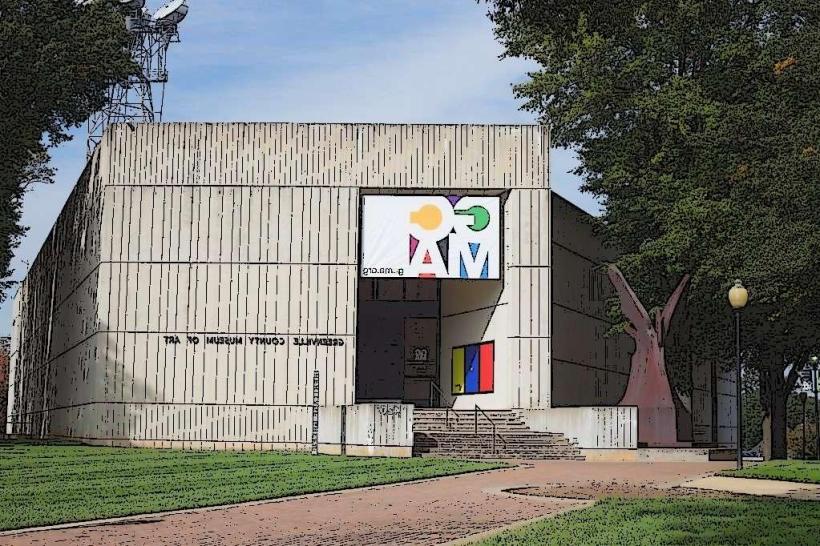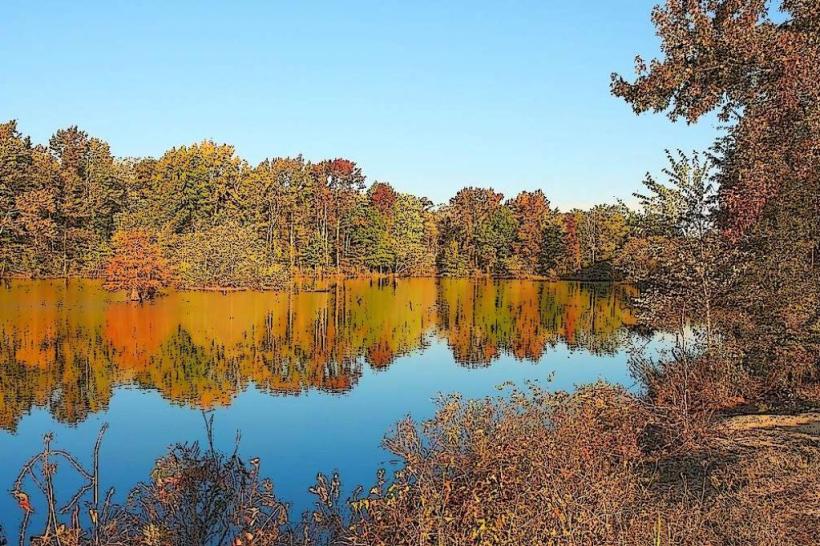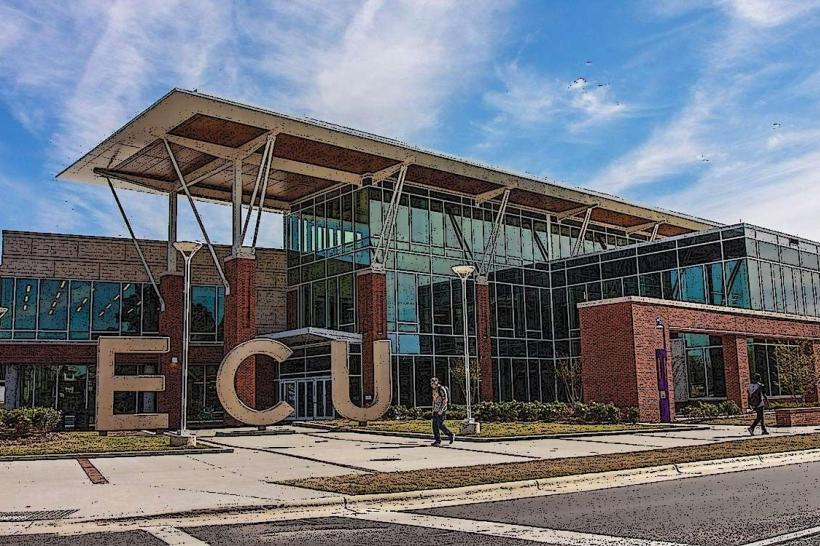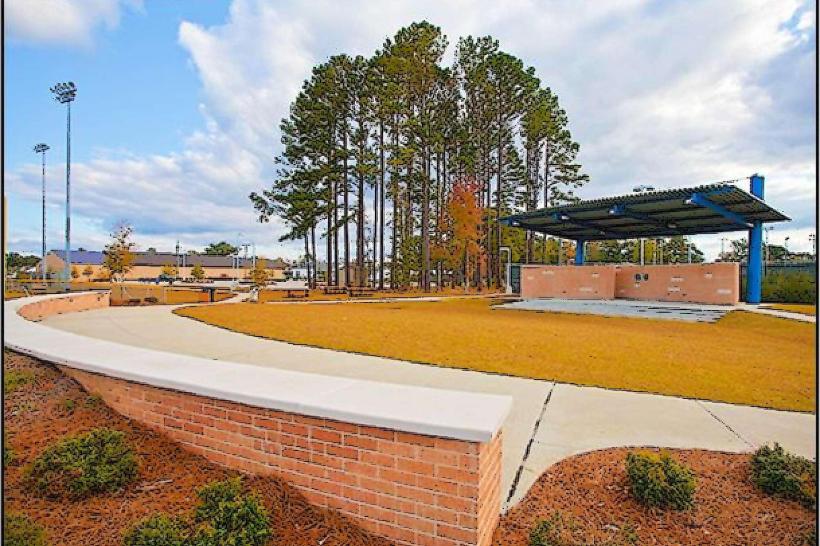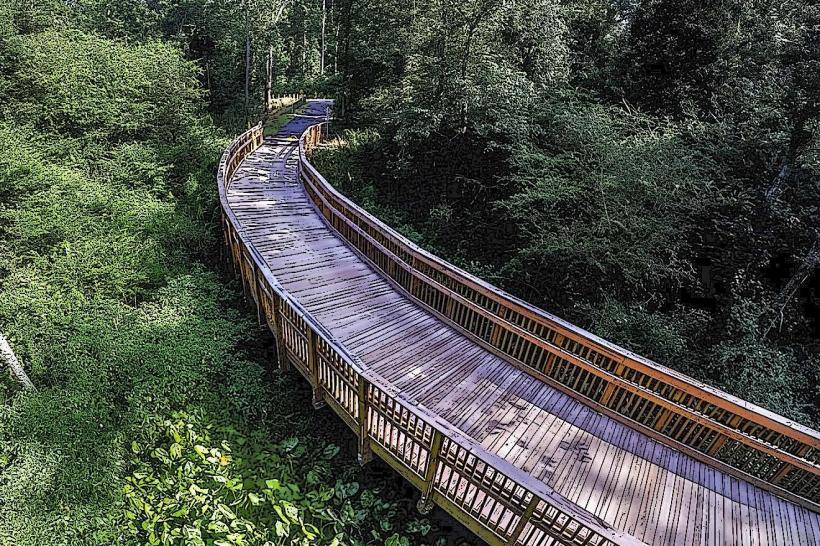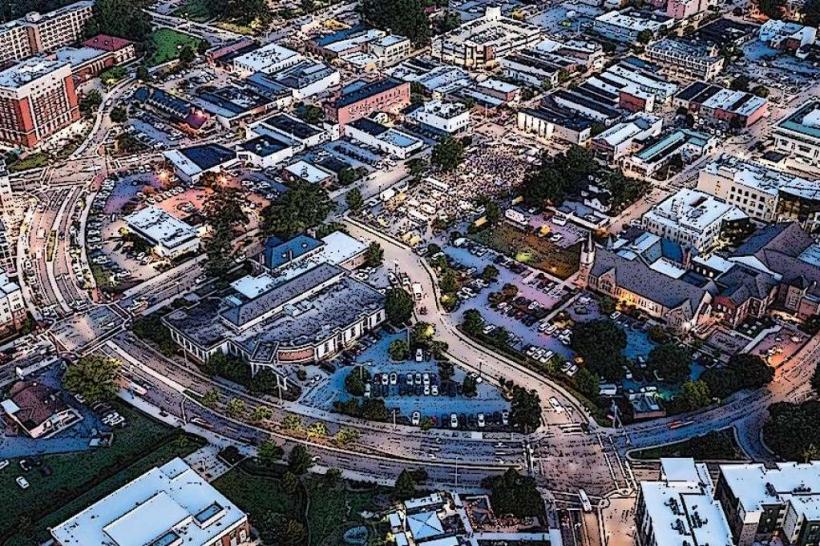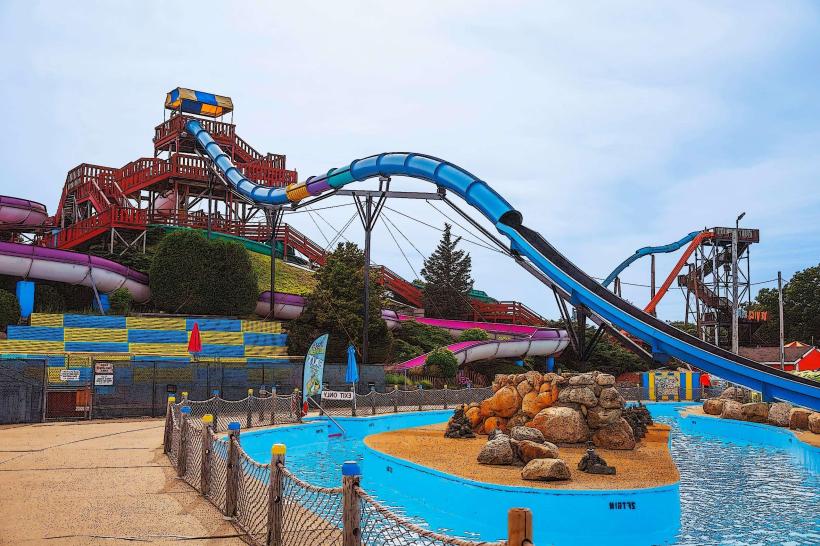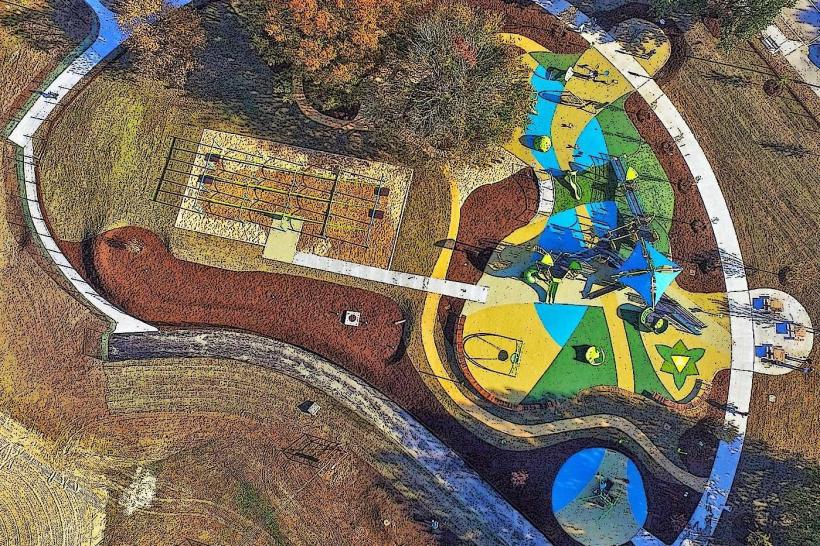Information
City: GreenvilleCountry: USA North Carolina
Continent: North America
Greenville, USA North Carolina, North America
Overview
In eastern North Carolina, Greenville stands out as a lively city, a place where classrooms hum with chatter, hospitals bustle, and local shops and theaters keep the community thriving.Greenville, the county seat of Pitt County, anchors Eastern North Carolina’s economy and community life, home to about 90,000 people and the bustle of downtown streets.The city blends big-city growth with the warmth of a mid-sized town, where neighbors still wave from their front porches.Geography and Environment Greenville sits on the banks of the Tar River, where sunlight glints off the water and locals fish or paddle for fun.The land stretches out in broad, level expanses, dipping gently here and there-just what you’d expect on North Carolina’s coastal plain.The landscape blends quiet residential streets, bustling shops, and patches of green where trees sway in the breeze.Greenville sits in a spot where farms and open fields lie just a short drive away, feeding the local economy, while sandy beaches and salt air wait on the coast, making it an easy starting point for both land and sea adventures.Greenville’s climate is humid subtropical, with summers that feel sticky and hot enough to make the air shimmer, and winters that stay mild and gentle.In summer, the heat often climbs into the upper 80s and mid-90s Fahrenheit (30–35°C), and sticky, heavy air clings to your skin.Winters stay mild, the air crisp but not biting, with lows that almost never slip below freezing, so you can hike or bike outside any time of year.In spring and fall, the air feels mild and the humidity stays comfortable, making them perfect seasons for festivals, ball games, and sitting under the trees with friends.The city’s people come from all walks of life, blending young and old with traditions that range from street festivals to quiet family dinners.East Carolina University draws a large crowd of students to Greenville, shaping the city’s makeup and giving its streets a lively buzz.White, African American, Hispanic, and Asian communities live side by side, creating a vibrant mix of cultures, with busy campuses and expanding industries adding to the energy.Greenville traces its roots to the late 1700s, when it sprang up as a bustling market town where farmers from the surrounding fields came to sell their crops.Over the years, it grew into a lively hub where students filled classrooms, doctors tended patients, and shopkeepers bustled along busy streets.All through the 20th century, the city kept growing, spurred on by East Carolina University’s expansion and the rise of Vidant Health-once Pitt County Memorial Hospital-now a bustling regional medical center where the scent of fresh coffee drifts from the lobby café.Greenville’s economy is strong, with thriving shops downtown and a mix of industries that keep it buzzing.East Carolina University is the city’s biggest employer and economic engine, fueling jobs and growth while offering the community rich educational programs, groundbreaking research, and lively cultural events like concerts and art shows.Vidant Medical Center is a major employer, delivering cutting-edge healthcare and creating jobs in medicine, administration, and support-from surgeons in bright operating rooms to clerks at busy front desks.Greenville’s reach extends past schools and hospitals into a bustling industrial scene, where pharmaceuticals roll off shiny assembly lines, tech firms hum with activity, and production plants keep goods moving.Retail, hospitality, and service businesses flourish here, fueled by a growing population and the city’s role as the region’s busy commercial hub where shop windows glow late into the night.In Greenville, you’ll find East Carolina University, one of North Carolina’s largest schools, buzzing with more than 28,000 students filling its brick walkways.ECU offers an array of undergraduate, graduate, and professional programs, from acclaimed medical, dental, and nursing tracks to vibrant arts courses that fill studios with the scent of fresh paint.At the heart of the city’s cultural and intellectual scene, the university buzzes with events-from thought‑provoking lectures to packed athletic competitions echoing with cheers.Alongside ECU, the city backs a public school system run by Pitt County Schools, which oversees dozens of classrooms from lively elementary halls to bustling high school gyms.Greenville Technical Community College offers hands-on training, continuing education, and certificate programs that help build the local workforce-preparing people to step into jobs right here at home.In Greenville, culture thrives-arts groups bustle with activity, galleries glow in the evening light, theaters draw lively crowds, and music spills from cozy venues.Downtown has been buzzing with new life, thanks to projects that turned busy streets into walkable avenues lined with cozy cafés, bustling restaurants, quirky shops, and places to catch a show.You’ll often find cultural festivals, art walks, and live music spilling into the streets, each one adding to the buzz of a close-knit, energetic community.Greenville’s Greenway System makes it easy to get outside, with miles of smooth, paved trails where you can walk, jog, or bike past shady trees and open fields.The Tar River draws people for all kinds of water fun-kayaking through its gentle curves, paddling a canoe under shady banks, or casting a line where the current runs deep.You’ll find plenty of parks and recreation spots here, from dusty baseball diamonds and green soccer fields to golf courses and bustling community centers that run sports leagues and fitness classes.You can reach Greenville easily by taking major highways like U. S. Route 264 or U. S. Route 13, roads that stretch past pine-lined shoulders into the rest of North Carolina and beyond to neighboring states.Pitt-Greenville Airport handles regional flights, and you can drive to Raleigh-Durham International for wider domestic and international options-just a couple of hours on the highway past pine-lined stretches.Greenville’s public transit includes the Area Transit buses, running daily through city streets and out to nearby towns, making it easy for residents and visitors to get around.In Greenville, you’ll find homes of every kind-from quiet single-family houses shaded by oak trees and tidy suburban streets to apartments and student housing just steps from the university.Compared with big-city prices, the cost of living stays fairly moderate, drawing in young professionals, families, and retirees alike-people who appreciate paying less for a morning coffee and a quiet street.The community offers good healthcare, bustling shopping centers, green parks where kids race their bikes, and lively cultural spots-all adding up to a rich, well-rounded way of life.As the city keeps expanding, new roads, upgraded transit lines, and improved public services are rolling out to meet the needs of its growing population, all while striving to preserve a high quality of life.Greenville, North Carolina, hums with the lively pulse of a university town while serving as a hub for healthcare, industry, and culture, from bustling hospital corridors to local art galleries.Set beside the Tar River, with the smell of fresh water drifting through town, its mix of people, thriving schools, and growing economy make it a lively spot to live, work, or just drop by.Greenville, in the heart of Eastern North Carolina, blends trails shaded by tall pines with vibrant galleries and lively community gatherings, creating a balanced, inviting way of life.
Landmarks in greenville

